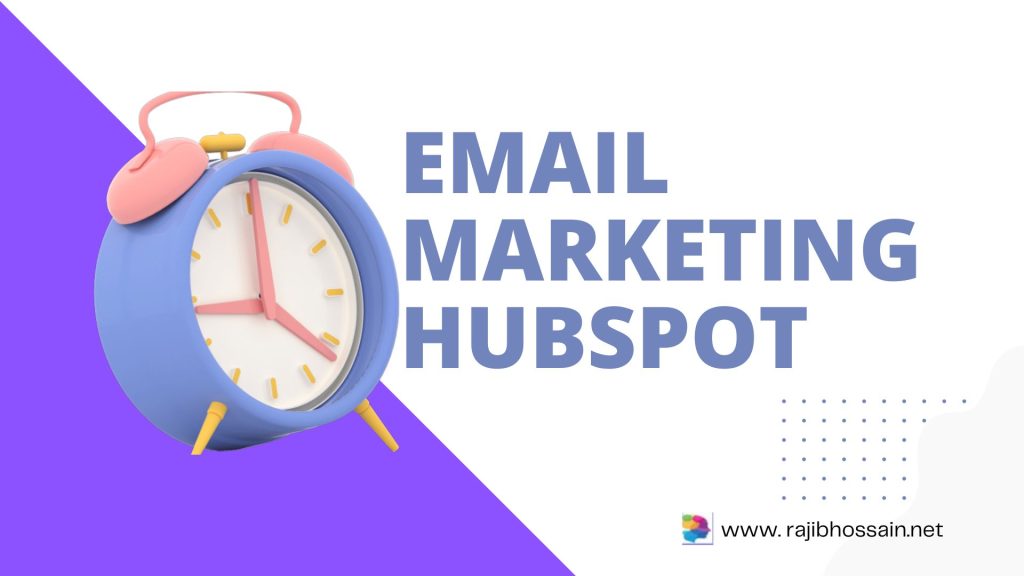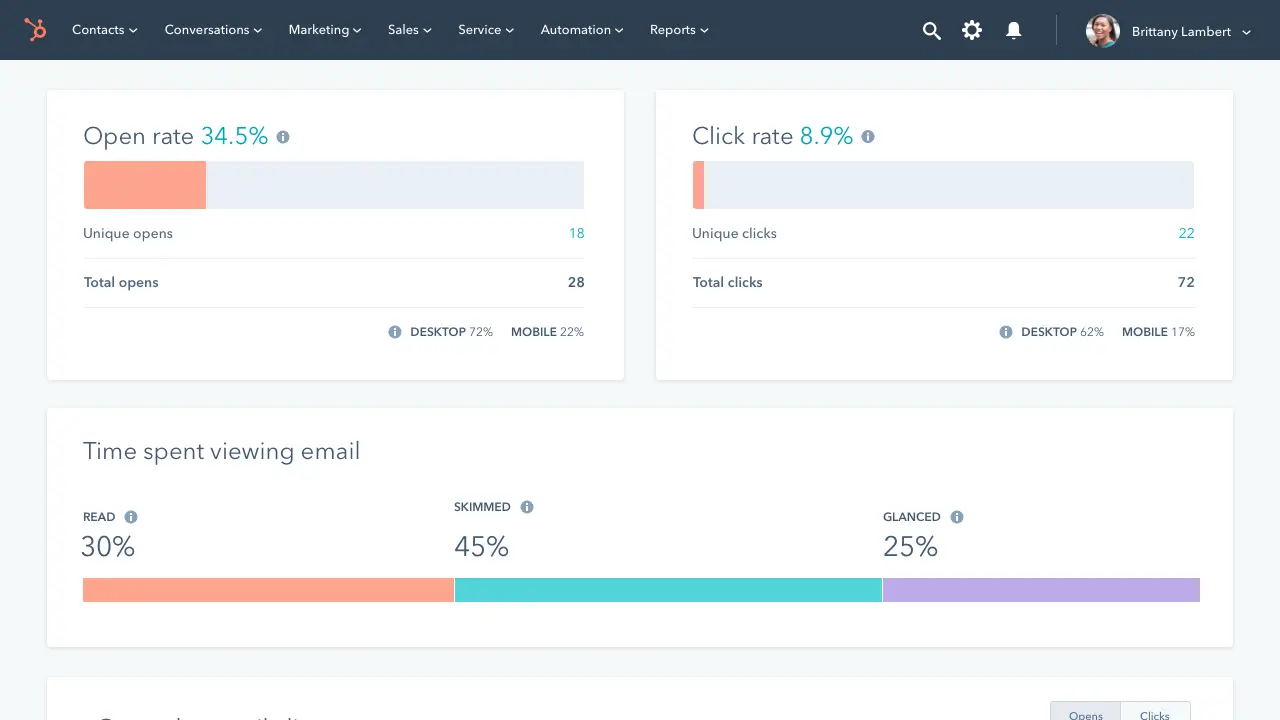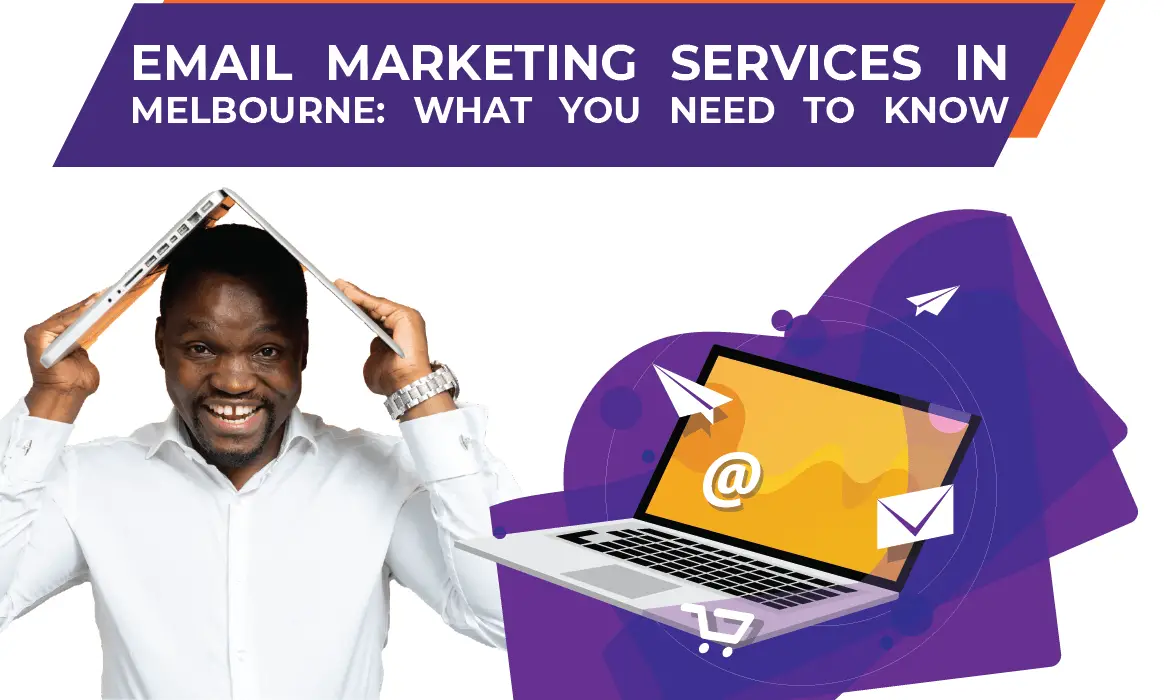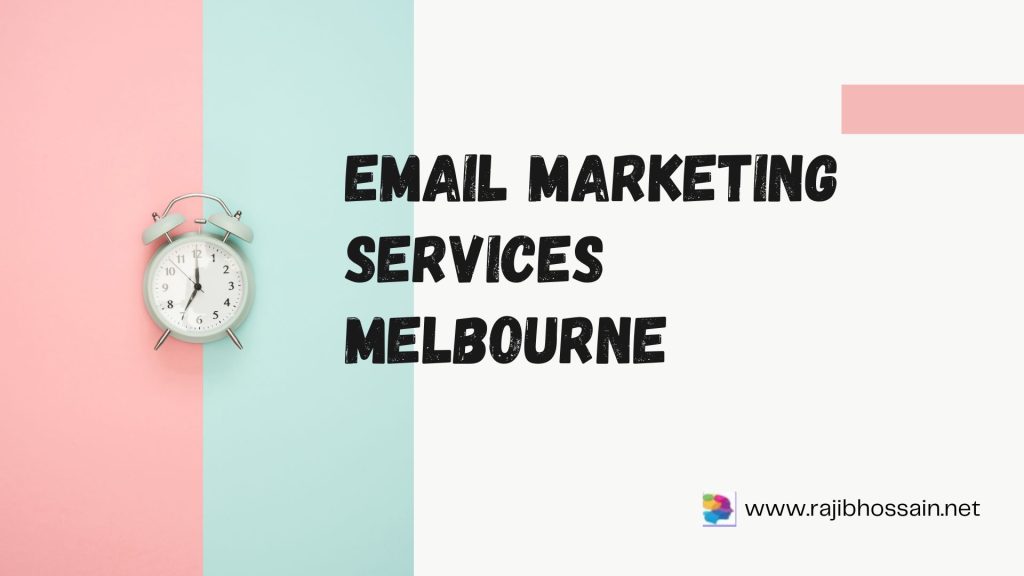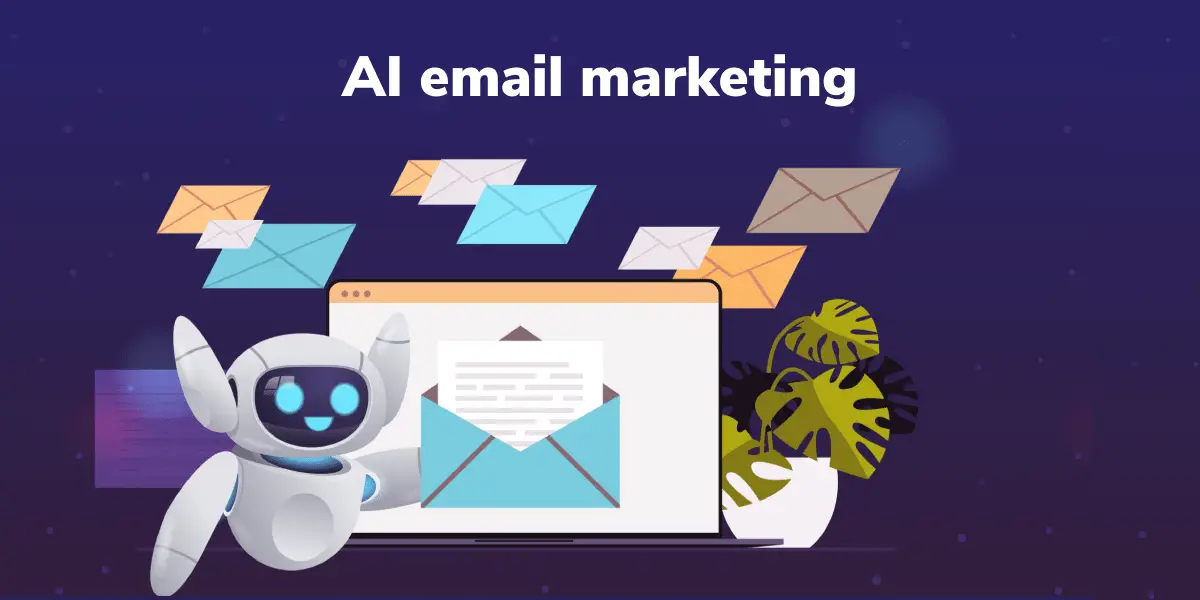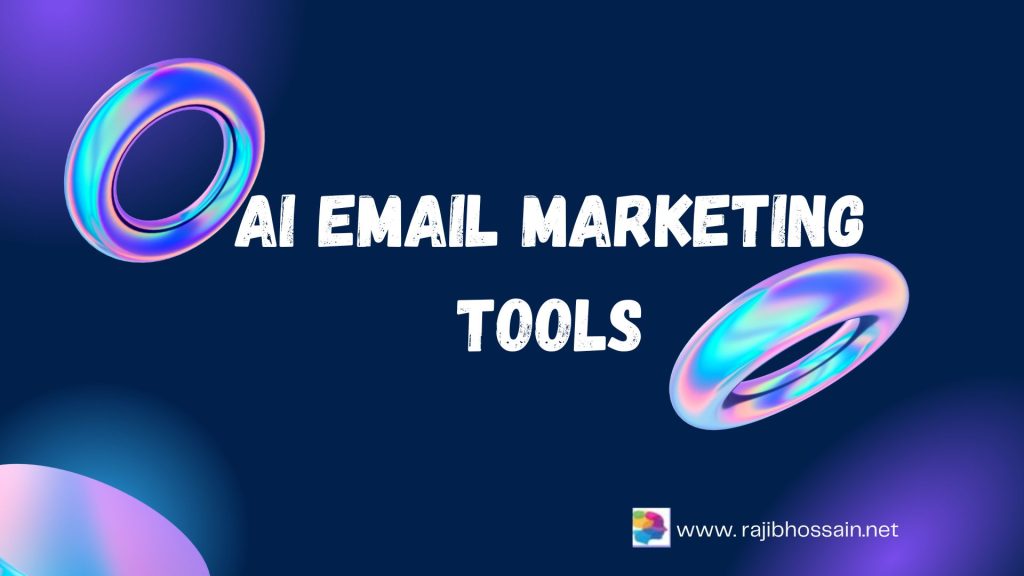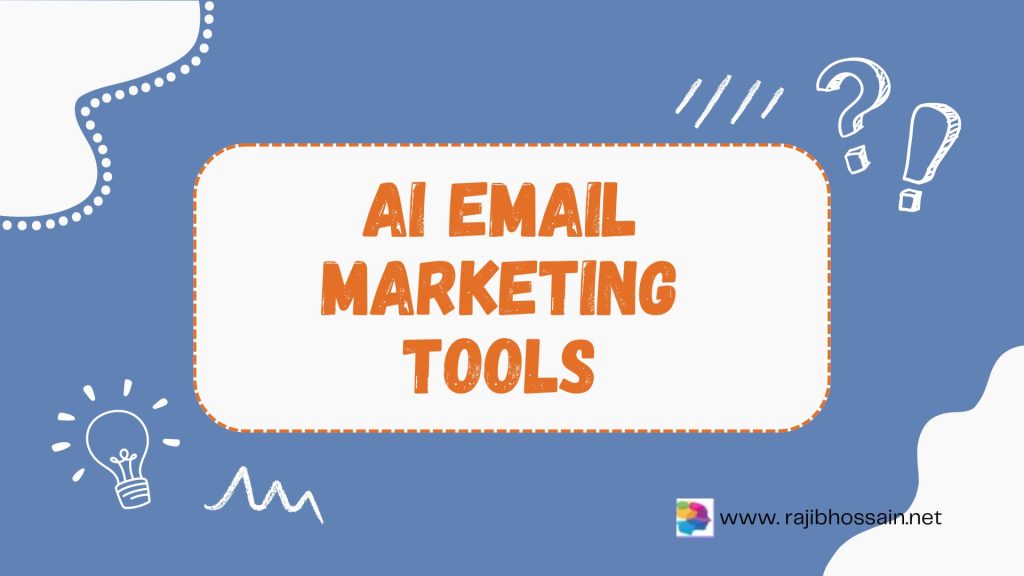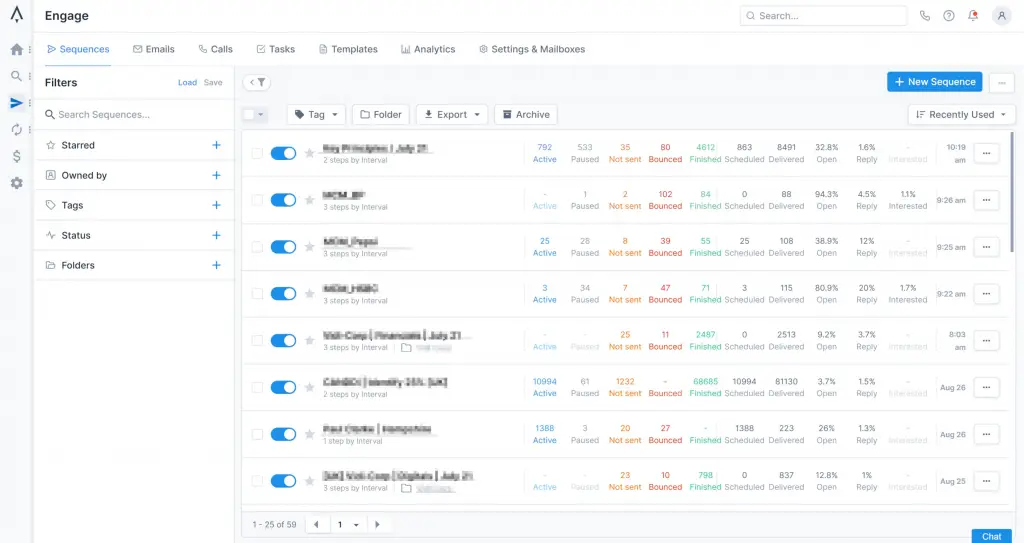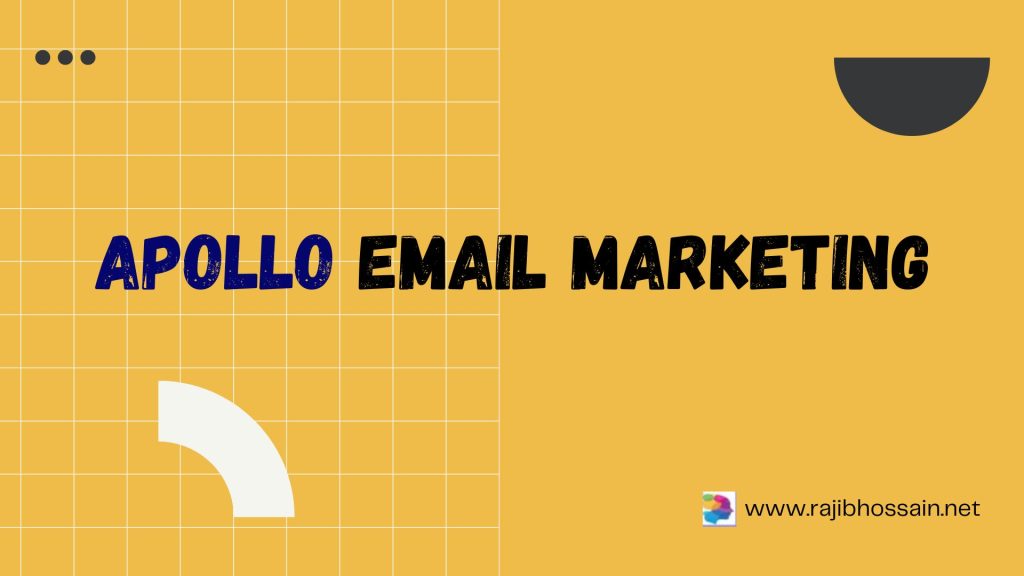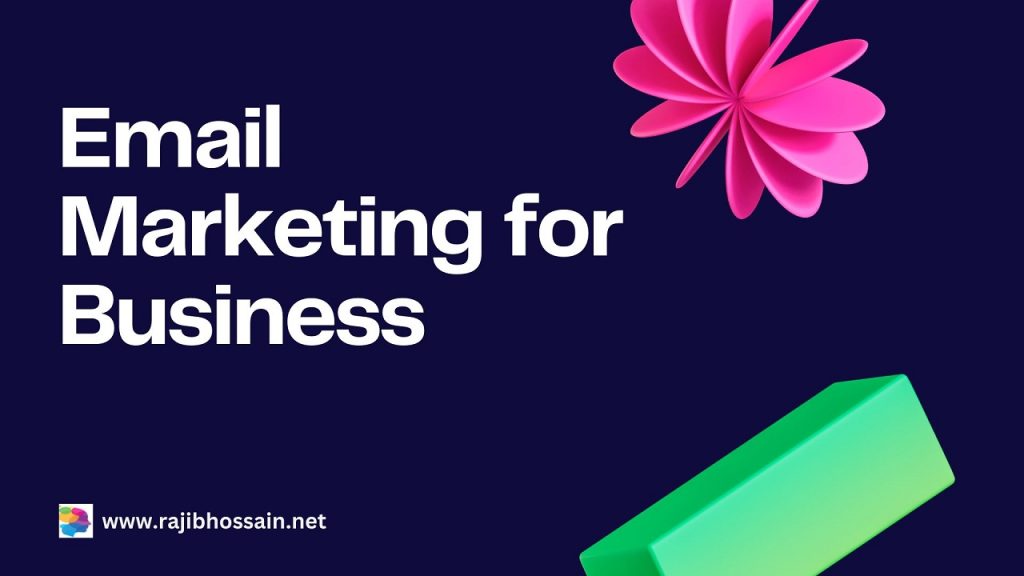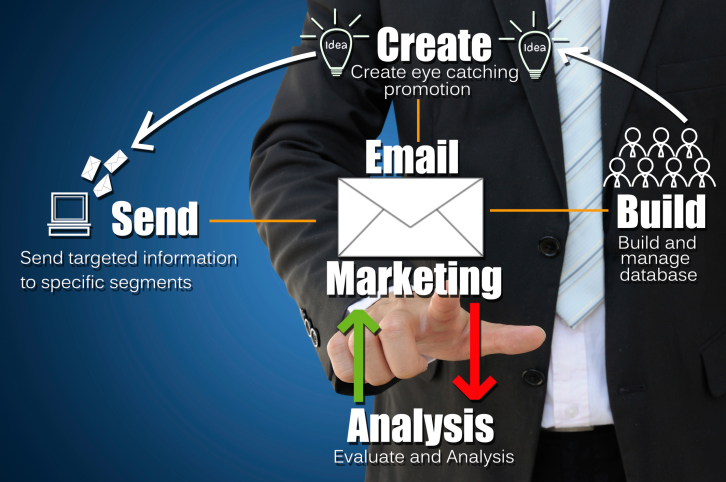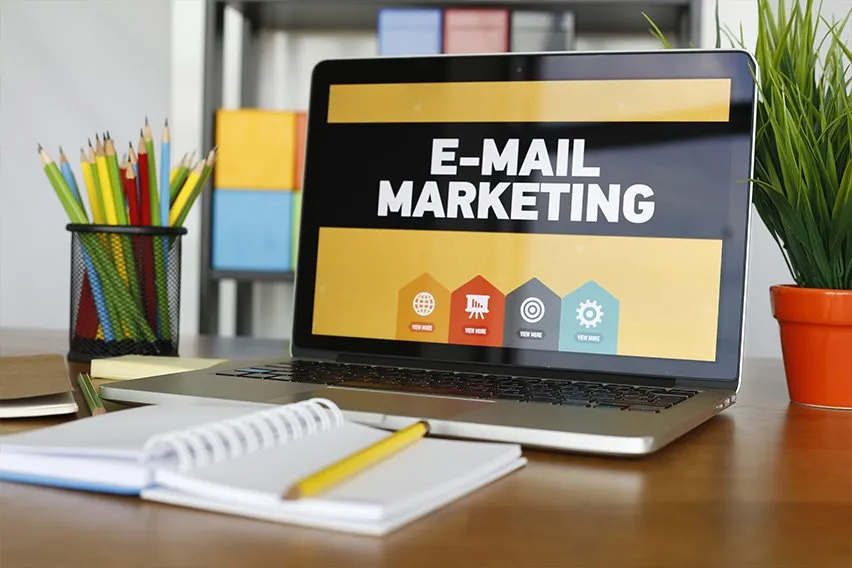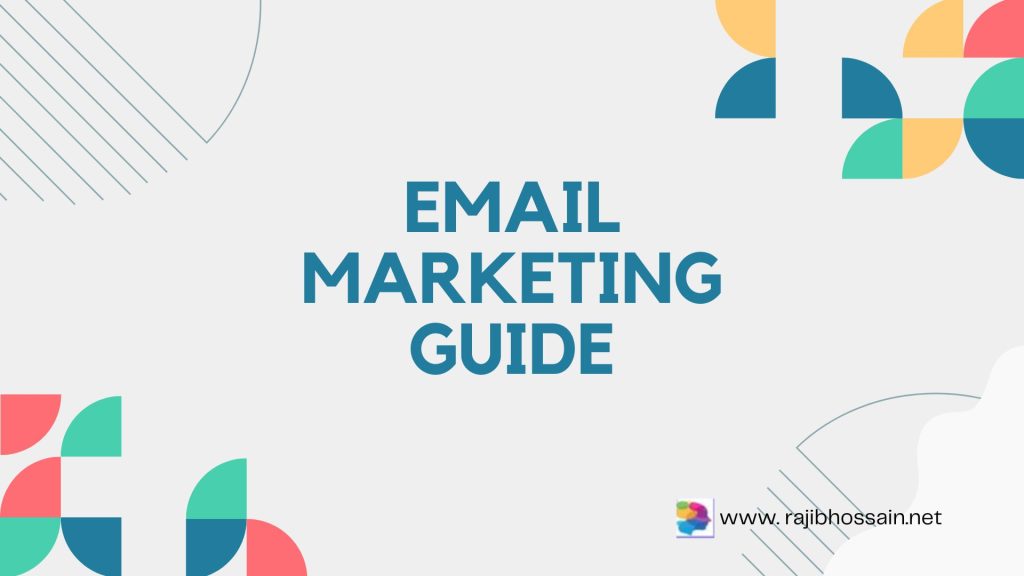
Email marketing is a powerful tool for businesses to connect with their audience and drive conversions. It involves sending targeted messages to potential and existing customers.
Email marketing remains one of the most effective digital marketing strategies. It enables businesses to build relationships, increase brand awareness, and boost sales. A well-crafted email campaign can deliver personalized content directly to a subscriber’s inbox. This direct approach ensures higher engagement rates compared to other marketing methods.
To succeed, focus on creating compelling subject lines, engaging content, and clear calls to action. Regularly analyze metrics like open rates and click-through rates to refine your strategy. By adhering to best practices, businesses can maximize their return on investment and nurture lasting customer relationships.
The Power Of Email Marketing
Email marketing holds immense power in the digital marketing world. It connects businesses directly with their audience. Emails land in inboxes, making them personal and direct. This form of marketing builds relationships and boosts sales effectively.
Why Email Marketing Thrives
Email marketing thrives for various reasons. First, it is cost-effective. Sending emails is cheaper than other marketing methods. Businesses save money and reach a large audience.
Second, email marketing is highly targeted. Segmentation allows businesses to send personalized messages. This increases engagement and conversion rates.
Third, emails are measurable. Marketers can track open rates, click-through rates, and conversions. This helps in refining strategies for better results.
Comparing Roi: Email Vs Other Channels
Email marketing offers the best return on investment (ROI). Let’s compare email marketing ROI with other channels:
| Marketing Channel | Average ROI |
|---|---|
| Email Marketing | $42 for every $1 spent |
| Social Media | $10 for every $1 spent |
| PPC Advertising | $2 for every $1 spent |
The table shows that email marketing outperforms other channels. It generates $42 for every $1 spent. Social media and PPC lag with lower returns.
Email marketing’s high ROI makes it a valuable tool. It is effective, measurable, and cost-efficient.
Setting Up For Success
Email marketing can boost your business growth. Setting up correctly is key. Let’s dive into the essentials.
Choosing The Right Email Marketing Platform
Pick the right platform. It makes managing emails easy. Here are some popular choices:
| Platform | Features | Price |
|---|---|---|
| Mailchimp | Templates, automation, analytics | Free to $299/month |
| Constant Contact | Customizable templates, easy-to-use interface | Starts at $20/month |
| SendinBlue | SMS marketing, email testing | Free to $66/month |
Compare features and costs. Choose what fits your needs best.
Building Your Email List Ethically
Gather emails the right way. Respect your audience’s privacy. Here are some tips:
- Use Opt-In Forms: Place forms on your website.
- Offer Value: Give something in return, like a discount.
- Avoid Buying Lists: Bought lists can harm your reputation.
Use these methods to build a quality list. This ensures better engagement.
Crafting Your Message
Crafting your email message is crucial. It determines if people will read it. A good message catches attention and keeps it. Let’s break down the key elements.
The Art Of Subject Lines
The subject line is the first thing people see. It should be short and clear. Aim for 6-10 words. Use action words. Examples:
- Unlock your special offer today!
- Discover the secrets to success!
Avoid spammy words like “free” or “urgent”. Personalize it with the recipient’s name. Test different subject lines to see what works best.
Content That Converts
The content of your email should provide value. Keep sentences short and simple. Use bullet points for easy reading. Here’s a simple structure:
- Start with a friendly greeting.
- Introduce the main point.
- Provide valuable information.
- Include a clear call to action.
Use images to make your email visually appealing. Make sure they are relevant. Always include alt text for images. This helps with accessibility.
Here’s a sample email structure in HTML:
Hello [Name]!
We have exciting news for you.
Check out our latest offers:
- 50% off on all products
- Free shipping on orders over $50
Shop Now
Always end with a friendly sign-off. Examples:
- Best regards,
- Sincerely,
- Cheers,
Make sure your message is concise and to the point. Test different content styles. See what your audience prefers.
Designing Your Email
Designing your email is crucial for successful email marketing. A well-designed email captures attention and drives engagement. Let’s break down the key aspects of designing an effective email.
Visual Appeal
Visual appeal makes your email stand out. Use a clean, simple layout. Avoid clutter. Include high-quality images. Choose colors that match your brand. Use consistent fonts. Ensure the text is readable. Break content into small sections.
- High-quality images
- Consistent fonts
- Readable text
- Small content sections
Remember, less is more. A simple design is often more effective.
Responsive Design For Mobile Devices
Many people check emails on their phones. Ensure your email looks good on mobile. Use a responsive design. A responsive design adapts to different screen sizes. Test your email on various devices.
- Use a single-column layout
- Make buttons easy to tap
- Keep text short
Responsive design improves user experience. Happy users are more likely to engage.
Segmentation Strategies
Email marketing thrives on reaching the right audience. Segmentation strategies help marketers target specific groups. This boosts engagement and conversion rates. By segmenting your email list, you can send tailored content. This makes your emails more relevant and effective.
Personalization For Better Engagement
Personalization involves using customer data to create unique emails. This can include the recipient’s name, purchase history, or preferences. Personalized emails show that you care about your customers. They are more likely to open and read your emails.
Here are some ways to personalize your emails:
- Use the recipient’s first name in the subject line.
- Recommend products based on past purchases.
- Send birthday or anniversary greetings.
Personalized emails have higher open rates. They also lead to more conversions.
Behavior-based Segmentation
Behavior-based segmentation focuses on how customers interact with your brand. This includes their browsing history, purchase behavior, and email engagement. By analyzing this data, you can create targeted email campaigns.
Consider the following behavior-based segments:
| Segment | Description |
|---|---|
| New Subscribers | Welcome emails with special offers. |
| Inactive Customers | Re-engagement emails to win them back. |
| Frequent Buyers | Exclusive deals and loyalty rewards. |
Behavior-based segmentation helps you send relevant content. This increases the chances of customer engagement.

Credit: fetchrev.com
Timing And Frequency
Email marketing success often hinges on the timing and frequency of your emails. Sending emails at the right time can boost open rates and engagement. Conversely, overloading subscribers can lead to unsubscribes.
Finding The Sweet Spot
Finding the right time to send emails is crucial. Different audiences prefer different times.
- Morning: Many people check emails first thing in the morning.
- Afternoon: Post-lunch, people may have a quick email check.
- Evening: Some check emails after work hours.
Send your emails during peak engagement times for the best results. Test different times to find what works best for your audience.
Managing Subscriber Expectations
Let subscribers know how often they will hear from you. This sets clear expectations and builds trust.
Consider these steps:
- Send a welcome email explaining your email frequency.
- Offer options for different email frequencies (daily, weekly, monthly).
- Stick to your promised schedule.
Consistency is key. Subscribers appreciate knowing when to expect your emails.
Testing And Optimization
Testing and optimization are key steps in email marketing. These steps help improve your email campaign results. This section covers A/B testing essentials and analyzing campaign performance.
A/b Testing Essentials
A/B testing compares two versions of an email. Version A is the control, and Version B is the variation. You send both versions to a small group from your email list.
You test one element at a time. This could be a subject line, call-to-action, or image. Measure which version performs better. Use the winning version for the rest of your email list.
| Element | Version A | Version B | Winning Version |
|---|---|---|---|
| Subject Line | Get 50% Off! | Save Big Today! | Version B |
| Call-to-Action | Buy Now | Shop Now | Version A |
Analyzing Campaign Performance
After sending your emails, analyze the results. Key metrics to track include open rates, click-through rates, and conversions.
- Open Rate: The percentage of recipients who open your email.
- Click-Through Rate: The percentage of recipients who click a link in your email.
- Conversions: The number of recipients who complete a desired action.
Use these metrics to understand what works best. Adjust your strategy based on the data. Aim for continuous improvement in your email marketing campaigns.
Legal Compliance
Legal compliance in email marketing is crucial. It ensures you respect your audience. It also helps you avoid hefty fines. Understanding email laws is key to a successful strategy. This section will guide you through the essentials.
Understanding Can-spam And GDPR
The CAN-SPAM Act sets rules for commercial emails in the USA. It requires transparency and offers recipients the right to opt out. Non-compliance can lead to severe penalties.
The GDPR focuses on data protection in the EU. It mandates explicit consent before sending emails. It also grants users the right to access and delete their data.
| CAN-SPAM | GDPR |
|---|---|
| This applies to commercial emails | This applies to all types of personal data |
| Requires opt-out options | Requires explicit consent |
| Penalties up to $43,792 per email | Fines up to €20 million or 4% of global turnover |
Best Practices For Compliance
Follow these best practices to stay compliant:
- Get clear consent: Always ask permission before sending emails.
- Provide opt-out options: Make it easy to unsubscribe.
- Be transparent: Clearly state who you are and why you’re emailing.
- Keep records: Document consents and unsubscribes.
- Monitor compliance: Regularly review your practices and update as needed.
Staying compliant protects your business. It also builds trust with your audience. Make legal compliance a priority in your email marketing strategy.
Advanced Tactics
Advanced tactics in email marketing can boost your campaign performance. This section will guide you through leveraging automation and integrating with other marketing channels.
Leveraging Automation
Automation can save time and improve efficiency. Here are some tactics:
- Welcome Emails: Send a welcome email to new subscribers.
- Birthday Emails: Send personalized birthday wishes with special offers.
- Abandoned Cart Emails: Remind customers of items left in their carts.
Using automation tools can streamline these processes. It ensures timely and relevant communication with your audience.
| Automation Tool | Key Feature |
|---|---|
| Mailchimp | Easy-to-use templates |
| ActiveCampaign | Advanced segmentation |
| HubSpot | Integrated CRM |
Integrating With Other Marketing Channels
Integrating email with other marketing channels can amplify your reach. Here are some strategies:
- Social Media: Share your email campaigns on social platforms.
- Content Marketing: Link to your blog posts in your emails.
- Paid Advertising: Use email lists for targeted ads.
Integration ensures a consistent message across all channels. This reinforces your brand and maximizes engagement.
Measuring Success
Email marketing can be powerful, but measuring success is crucial. You must understand how your campaigns perform. This helps improve future emails. Let’s explore key metrics and data-driven strategies.
Key Performance Indicators
Key Performance Indicators (KPIs) are essential. They help track email marketing success. Here are some important KPIs:
- Open Rate: The percentage of recipients who open your email.
- Click-Through Rate (CTR): The percentage of recipients who click on links within your email.
- Bounce Rate: The percentage of emails that could not be delivered.
- Conversion Rate: The percentage of recipients who complete a desired action.
- Unsubscribe Rate: The percentage of recipients who opt out of your email list.
Use these KPIs to gauge your email campaign’s effectiveness. High open and click-through rates indicate engaging content. A high conversion rate shows successful calls to action.
Evolving Your Strategy Based On Data
Data helps refine your email marketing strategy. Here’s how to use it:
- Analyze Trends: Look for patterns in your KPIs. This helps identify what works.
- Segment Your Audience: Group recipients based on behavior. Send tailored content to each segment.
- A/B Testing: Test different email elements. Compare results to find the best-performing version.
- Optimize Send Times: Determine the best times to send emails. This can boost open and click rates.
- Monitor Feedback: Pay attention to recipient feedback. Make improvements based on their input.
Use data to evolve and improve your strategy. Keep testing and refining. This ensures ongoing success in email marketing.
Case Studies
Case studies offer real-world examples of email marketing in action. They provide valuable insights and lessons. These stories highlight what works and what does not. Explore both successes and failures to learn more.
Successful Campaigns
| Company | Campaign | Results |
|---|---|---|
| Company A | Holiday Sale | 50% increase in sales |
| Company B | New Product Launch | 30% boost in engagement |
| Company C | Customer Loyalty Program | 20% rise in repeat purchases |
These companies used effective strategies. They focused on clear messages and strong visuals. They also segmented their audience for better targeting. Each campaign had a specific goal and achieved it.
Lessons Learned From Failures
Not all campaigns are successful. Failures teach us valuable lessons. Here are some common mistakes:
- Ignoring audience preferences
- Sending too many emails
- Poor subject lines
- Unclear calls to action
Company D sent too many emails. This led to high unsubscribe rates. Company E had weak subject lines. Their open rates were very low. Company F had unclear calls to action. Their conversion rates suffered.
These failures highlight important points. Respect your audience’s time. Craft compelling subject lines. Make your calls to action clear and direct.
Future Of Email Marketing
The future of email marketing looks bright and innovative. As technology evolves, email marketing adapts to new trends and techniques. Businesses must stay updated to keep their email campaigns effective and engaging. This section explores what the future holds for email marketing.
Emerging Trends
Email marketing is shifting towards personalization. Personalized emails get better engagement rates. AI and machine learning help in creating personalized content. These technologies analyze user behavior to tailor emails. Another trend is interactive emails. Emails now include features like polls and surveys. They make emails more engaging and fun.
Automation is also on the rise. Automated emails save time and ensure timely communication. They help in sending targeted messages at the right moment. Mobile optimization is another key trend. More people read emails on their phones. Ensuring your emails look good on mobile devices is crucial.
Preparing For Change
Businesses must adapt to these changes. Start by investing in AI and machine learning tools. These tools can help create personalized and engaging emails. Use data analytics to understand your audience better. This helps in crafting content that resonates with them.
Implement automation in your email marketing strategy. Set up automated workflows for different customer actions. This ensures timely and relevant communication. Optimize your emails for mobile devices. Test your emails on different devices to ensure they look good everywhere.
Stay updated with the latest trends and technologies. Join email marketing forums and attend webinars. Constant learning helps in staying ahead of the competition.
Frequently Asked Questions
What Are The 5 Ts Of Email Marketing?
The 5 Ts of email marketing are Targeting, Timing, Testing, Tracking, and Trust. Target the right audience. Send emails at optimal times. Test different strategies. Track performance metrics. Build and maintain trust.
How To Do Email Marketing For Beginners?
Start with an email marketing platform. Build a targeted email list. Create engaging content. Use compelling subject lines. Analyze and optimize campaign performance.
What Are The 7 Email Marketing Strategies?
1. Segment your audience for personalized content.
2. Craft compelling subject lines.
3. Optimize email designs for mobile devices.
4. Automate email campaigns.
5. Use A/B testing for better performance.
6. Include strong calls to action.
7. Analyze metrics to refine strategies.
What Are The 4 Ps Of Email Marketing?
The 4 Ps of email marketing are Personalization, Permission, Promotion, and Performance. Personalization tailors content to the recipient. Permission ensures consent. Promotion highlights offer. Performance measures success.
Conclusion
Mastering email marketing can elevate your business. Implement these tips to boost engagement and conversions. Consistency is key. Keep your audience’s needs in mind. Experiment, analyze results, and refine your strategies. Start today, and watch your email campaigns thrive. Your business success is just an email away.


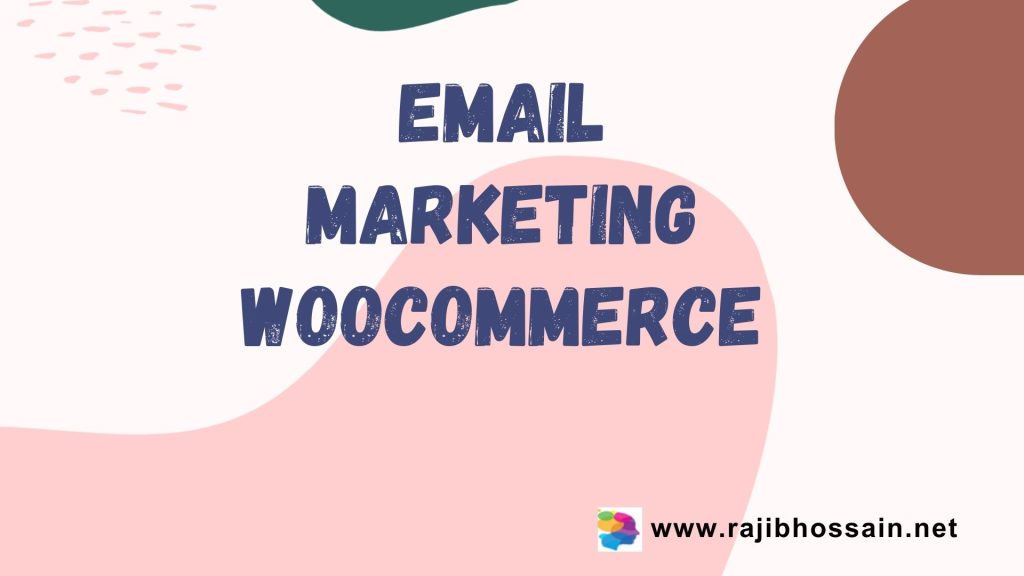



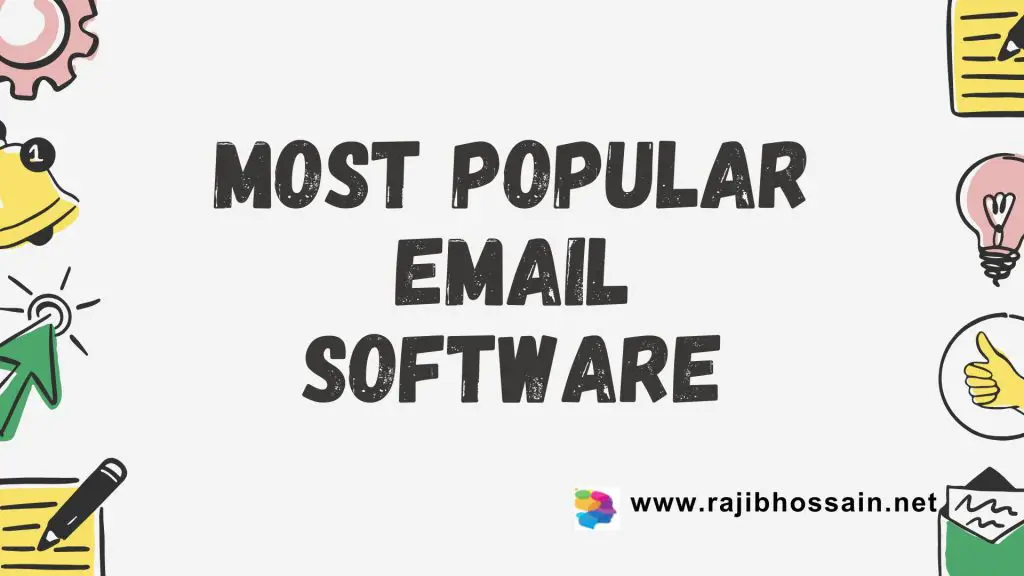
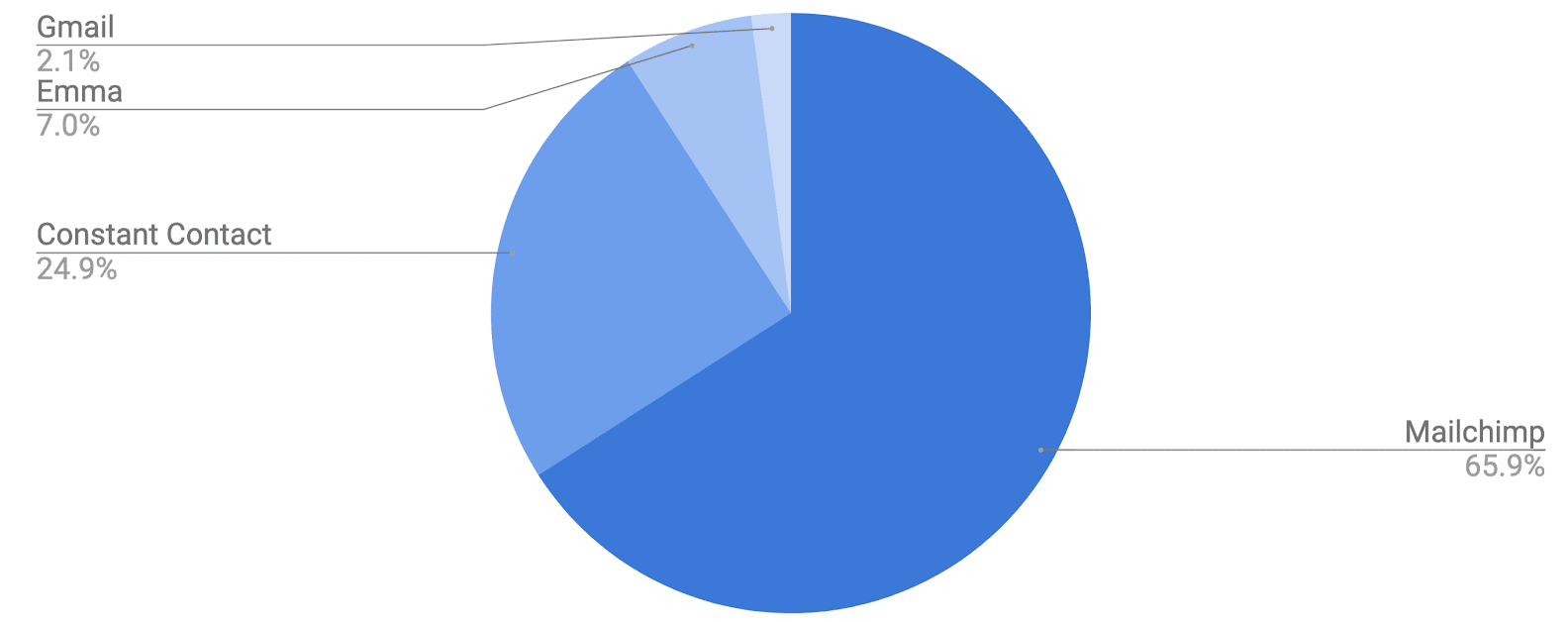

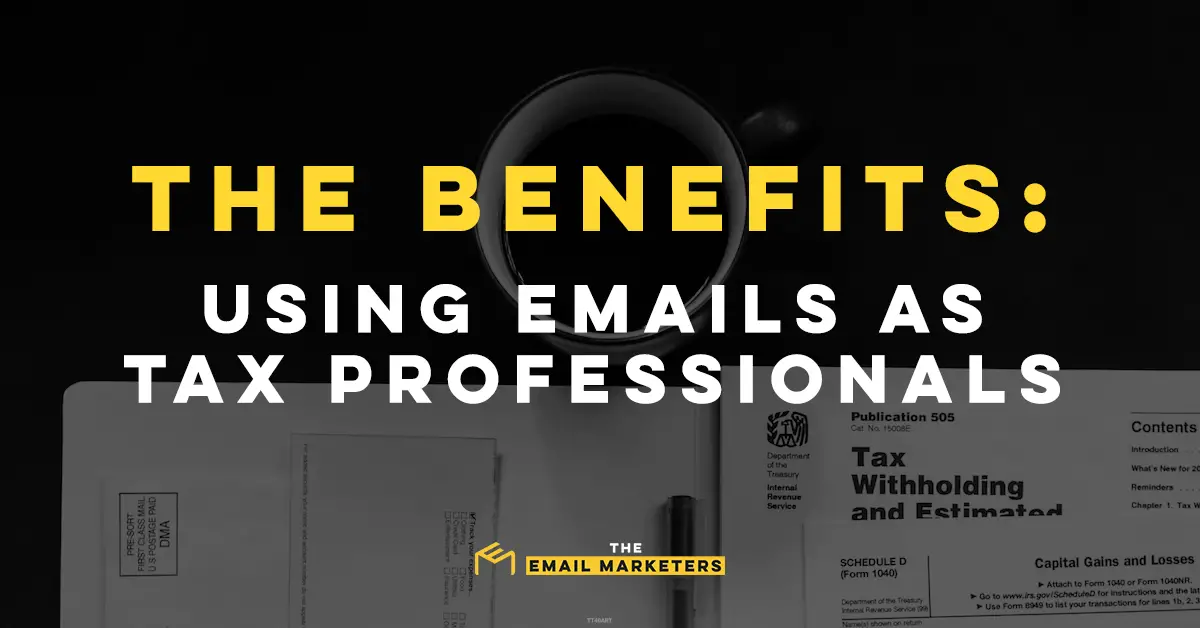
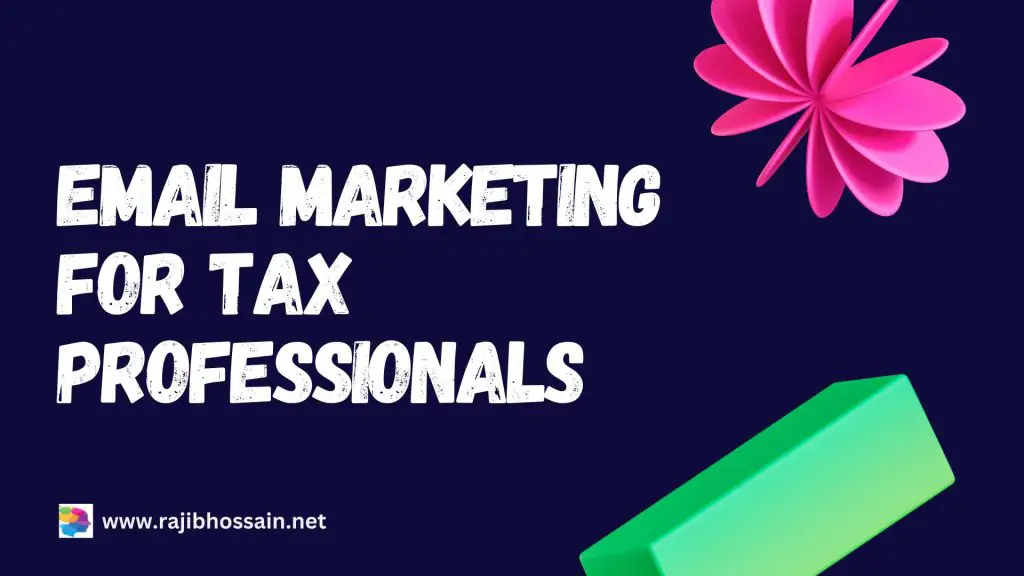


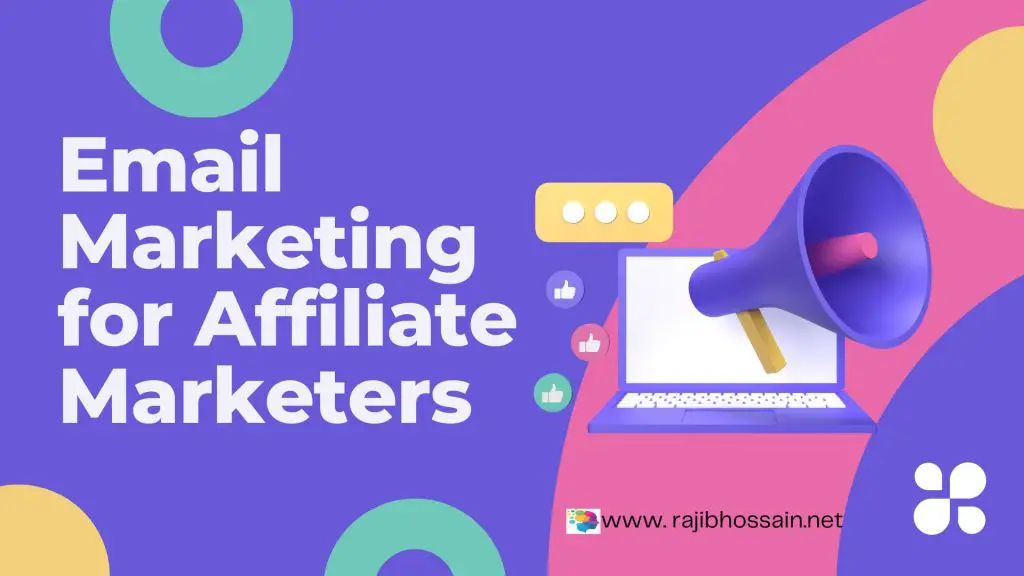

:max_bytes(150000):strip_icc()/affiliate-marketing-6a9d278b2e91467494d7c9168e17bab5.jpg)
